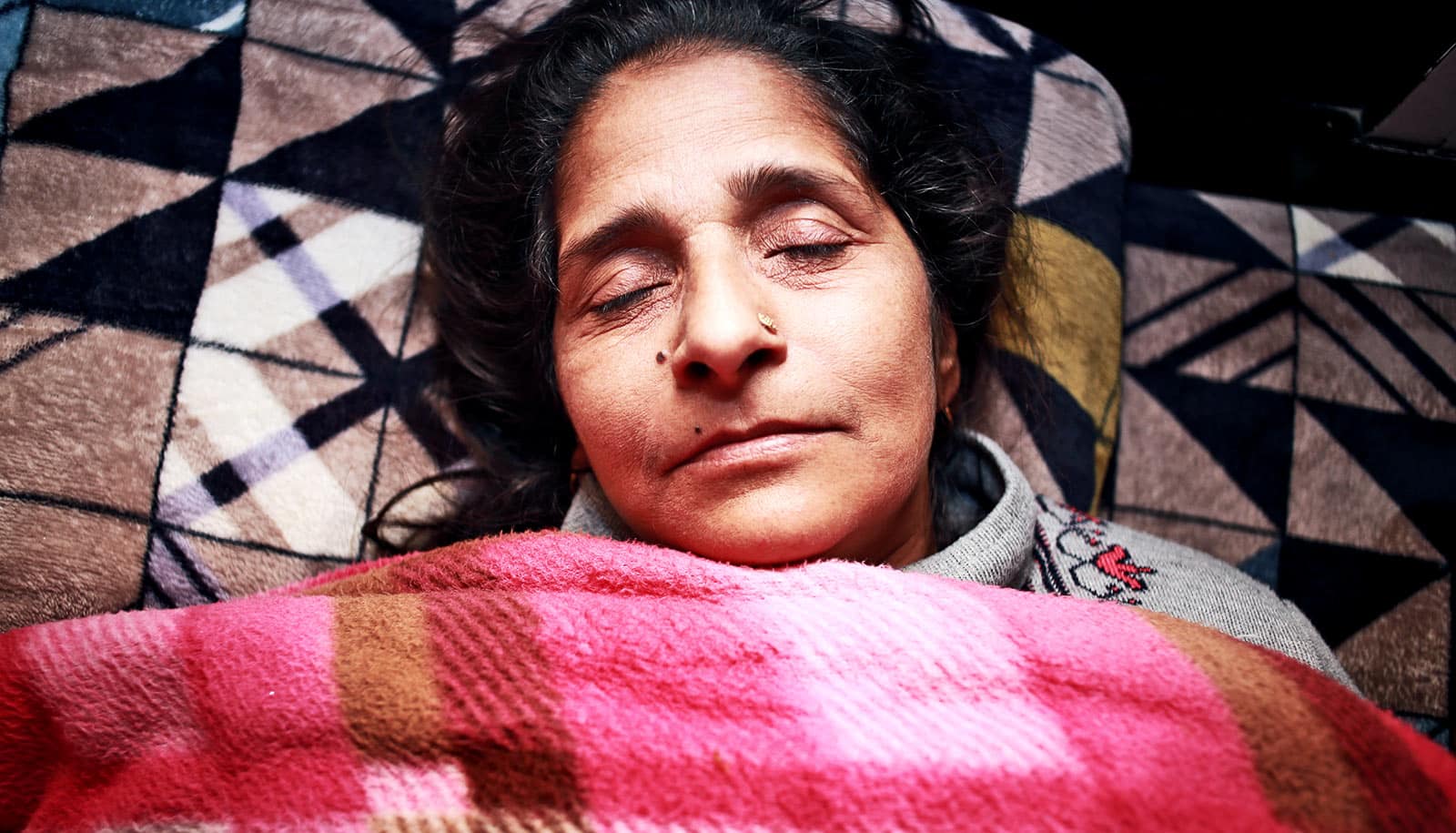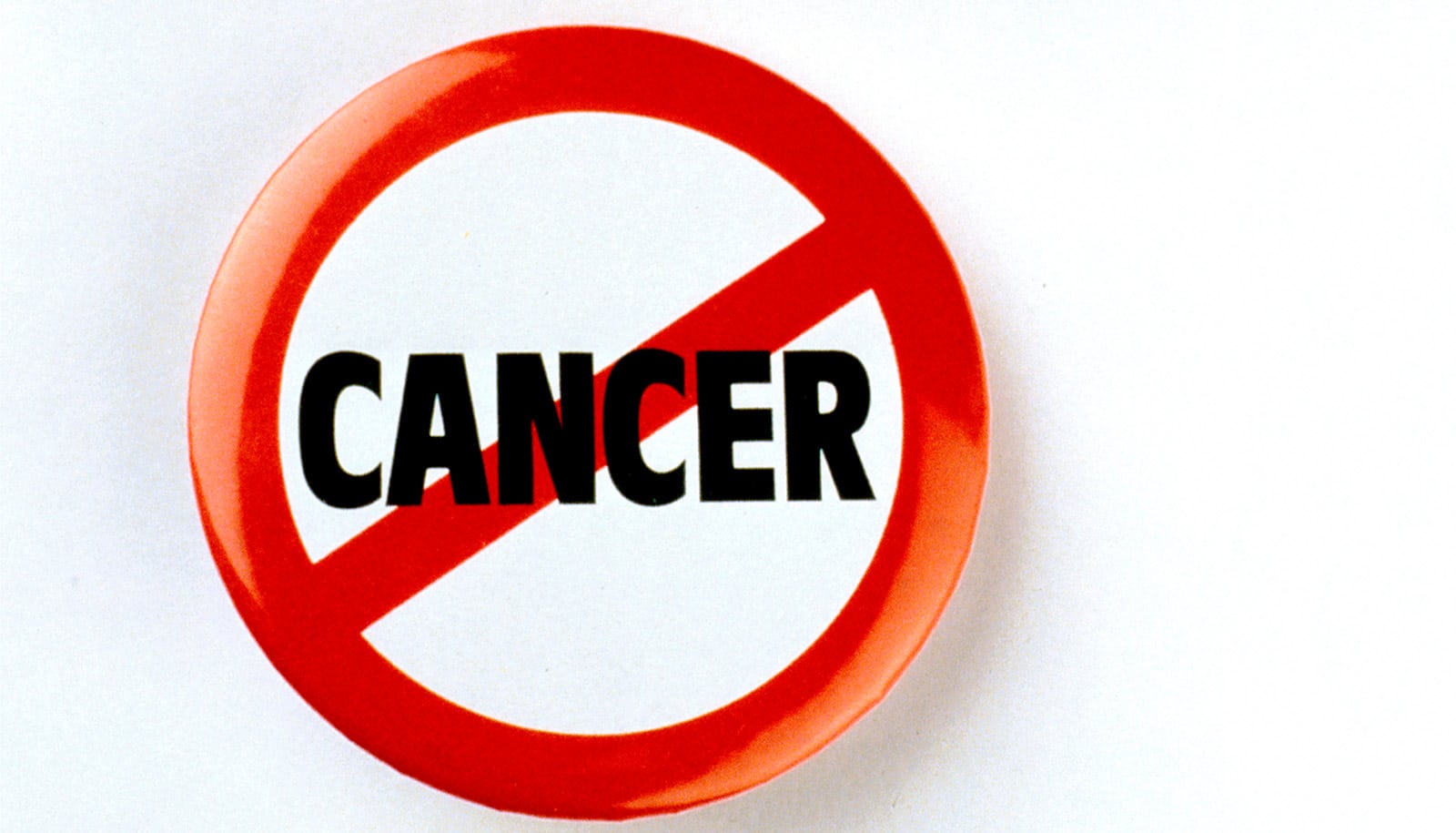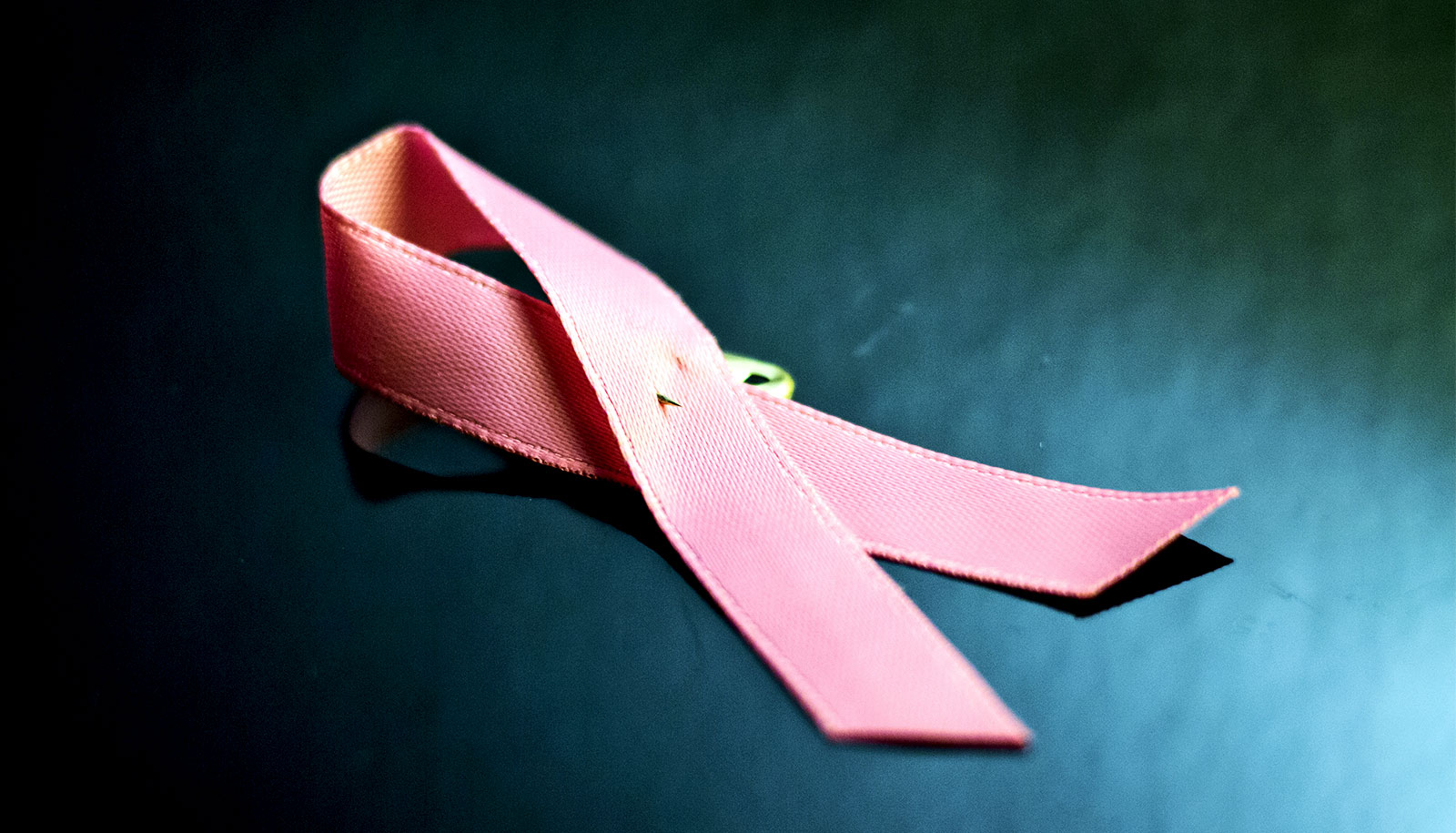Researchers have discovered for the first time how deadly hard-to-treat breast cancers persist after chemotherapy.
The findings reveal why patients with these cancers don’t respond well to immunotherapies designed to clear out remaining tumor cells by revving up the immune system.
Thanks to advances in cancer therapies, most forms of breast cancer are highly treatable, especially when caught early.
But the last frontier cases—those that can’t be treated with hormone or targeted therapies and don’t respond to chemotherapy—remain the deadliest and hardest to treat.
The process of surviving chemotherapy triggers a program of immune checkpoints that shield breast cancer cells from different lines of attack by the immune system. It creates a “whack-a-mole” problem for immunotherapy drugs called checkpoint inhibitors that may kill tumor cells expressing one checkpoint but not others that have multiple checkpoints, according to a new study published in the journal Nature Cancer.
“Breast cancers don’t respond well to immune checkpoint inhibitors, but it has never really been understood why,” says corresponding author James Jackson, associate professor of biochemistry and molecular biology at Tulane University School of Medicine.
“We found that they avoid immune clearance by expressing a complex, redundant program of checkpoint genes and immune modulatory genes. The tumor completely changes after chemotherapy treatment into this thing that is essentially built to block the immune system.”
Researchers studied the process in mouse and human breast tumors and identified 16 immune checkpoint genes that encode proteins designed to inactivate cancer-killing T-cells.
“We’re among the first to actually study the tumor that survives post-chemotherapy, which is called the residual disease, to see what kind of immunotherapy targets are expressed,” says first author Ashkan Shahbandi, an MD/PhD student in Jackson’s lab.
The tumors that respond the worst to chemotherapy enter a state of dormancy—called cellular senescence—instead of dying after treatment. Researchers found two major populations of senescent tumor cells, each expressing different immune checkpoints activated by specific signaling pathways. They showed the expression of immune evasion programs in tumor cells required both chemotherapy to induce a senescent state and signals from non-tumor cells.
They tested a combination of drugs aimed at these different immune checkpoints. While response could be improved, these strategies failed to fully eradicate the majority of tumors.
“Our findings reveal the challenge of eliminating residual disease populated by senescent cells that activate complex immune inhibitory programs,” Jackson says.
“Breast cancer patients will need rational, personalized strategies that target the specific checkpoints induced by the chemotherapy treatment.”
Source: Tulane University



